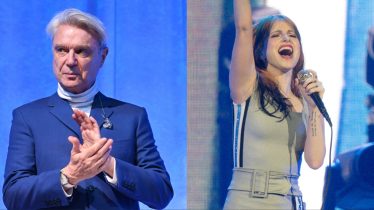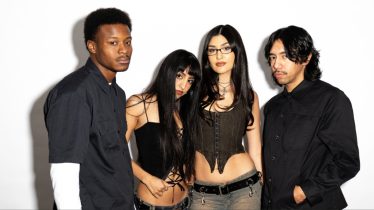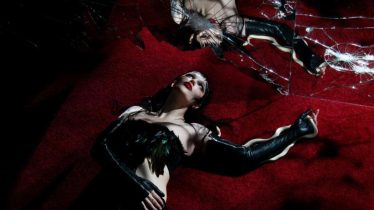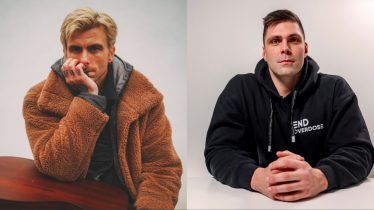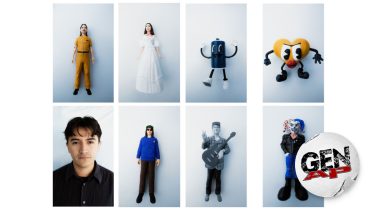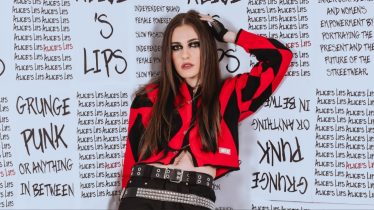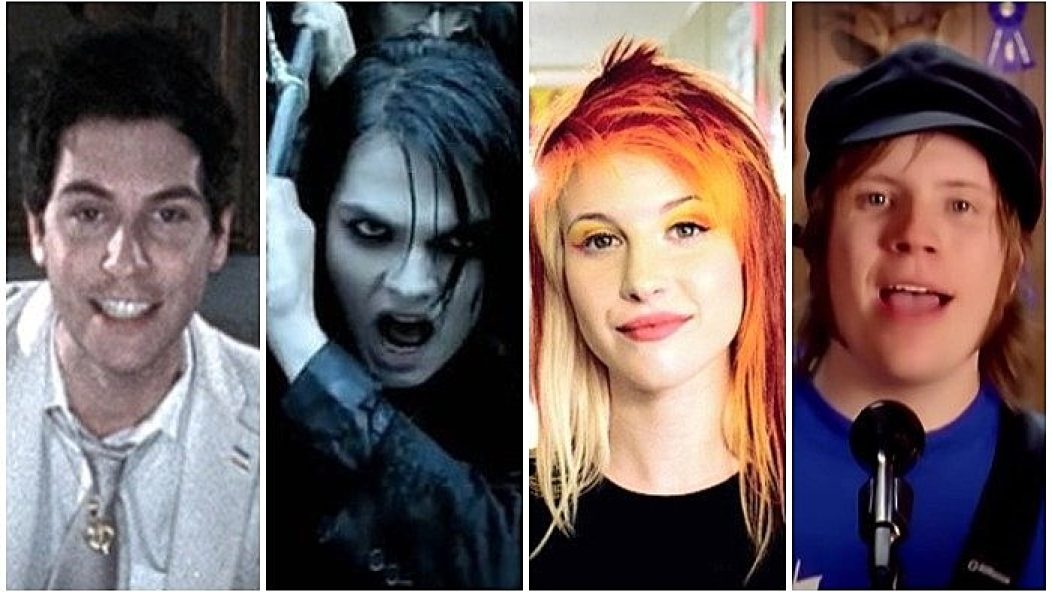
QUIZ: Which iconic mid-2000s vocalist are you?
It’s been over a decade since artists such as Paramore and Fall Out Boy first graced us with their pop-punk contributions. While many of our favorites are still going strong, those early days always hold a special place in our hearts.
Anyone around during the mid-2000s (or invested enough to revisit it online) knows how bands can shape our identity. It’s often to the point where fandoms are more or less synonymous with personality traits. So that raises the question: Which vocalist is your kindred spirit?
Read more: An old Box Car Racer song title resurfaced, but it’s not what you think
Take the quiz below to determine which mid-2000s vocalist you best align with.
More on pop punk
As the name implies, pop punk is a fusion of punk-rock and pop elements. The foundations of the movement lie in the ’70s new-wave scene, deriving from such influences as the Ramones and Descendents, but what we consider pop punk today wouldn’t arise until the ’90s. Growing in popularity with bands such as Green Day and blink-182, the scene exploded into the mainstream over the following decade.
In the mid-2000s, pop punk diversified significantly. Groups such as My Chemical Romance and Hawthorne Heights incorporated elements from the ’80s emotional hardcore movement into the mix, experimenting with emotive lyrics backed by melancholic instrumentals. The resulting “emo” subgenre became a defining cultural characteristic of the era, prompting a number of fashion trends largely revolving around skinny jeans, black band tees and flat-ironed side bangs.
Further segmentation came with the easycore and neon movements. The former incorporated elements of metalcore, namely in vocal styles and breakdowns, and is best exemplified by the likes of Four Year Strong and New Found Glory. The neon genre evolved with the inclusion of synthesizers, leaning more heavily toward the pop end of the spectrum, and involved scene favorites such as Cobra Starship and 3OH!3.
Though pop punk and its divisions arguably peaked in the mid- to late 2000s, the scene is alive and well. It has even become more complex as rising artists pull from wider ranges of influence. In recent years, prominent names such as Neck Deep and State Champs (among many others) have stoked the fire, their continued success proving that pop punk is far from dead.
